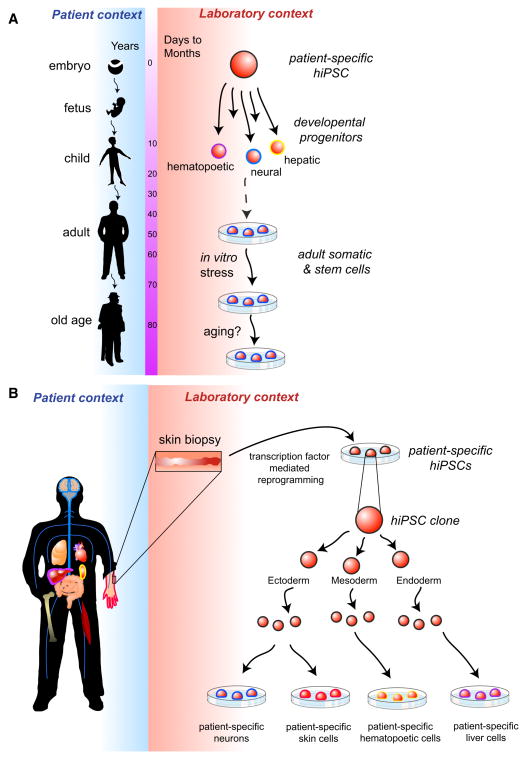Figure 1. Technical challenges in generating cellular models of disease.
Recapitulating disease in the laboratory requires reconstruction of both the kinetics of disease development and pathology (a) as well as in the interaction of the principal diseased cell type with other cell types in the patient’s body (b). In (a), the dynamics of disease progression in the patient is likely to take years, while phenotypes developing in vitro in cells differentiated from patient-specific hiPSCs could be achieved in days to months. This acceleration could be achieved through in vitro stress, including exposure of the cells to environmental effects such as oxidative stress, or by promoting “ageing” in vitro. In (b), cells are typically harvested from a patient through a blood sample or biopsy (shown in this example, although any part of the body could be used). The harvested sample is reprogrammed to generate hiPSCs, and a hiPSC line is subsequently differentiated to produce specific cell types thought to be affected by the disease. Interaction of the principal diseased cell type with other cell types within a tissue or within the diseased patient’s body may need to be reconstructed in vitro for effective disease modeling.

